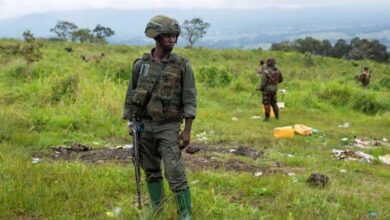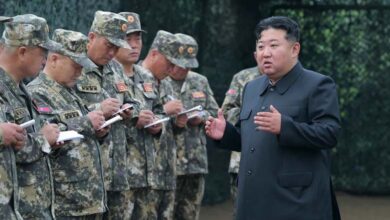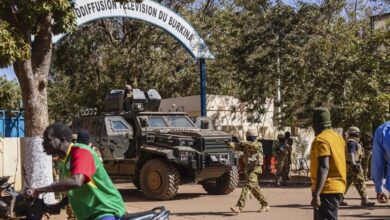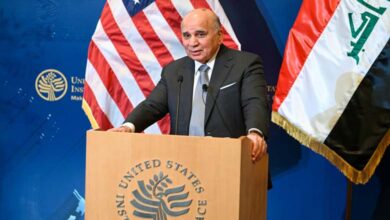The Muslim Brotherhood Rewriting Old Ideas and Myths… This is What the Series “Al-Hashashin” Revealed
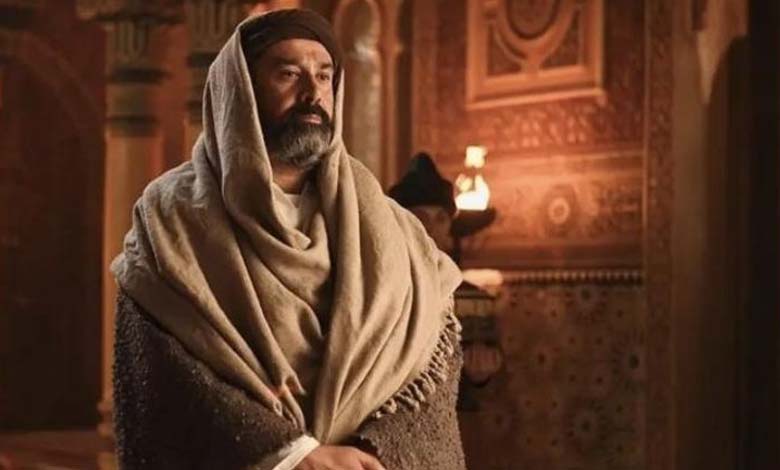
Ahmed Lashin, professor of Persian Studies at the Faculty of Arts at Ain Shams University, stated: “When people hear the myths of the Muslim Brotherhood, they quickly discover that they trace back to old ideas in history, and that these extremist groups are rewriting thought in modern times, stemming from the increase in cultural, media, and dramatic awareness in general.”
Lashin emphasized during a talk show on the channel (Extra News) that the series “Al-Hashashin” succeeded in making people search for the truth, questioning the causes and consequences, as the criticisms directed at the series were constructive, part of confronting myths and legends with awareness.”
He stressed the necessity of combating extremist thought in ancient times, and dismantling the myths of the groups themselves throughout history, not just the modern groups; so that people realize that the mythical structure is one and is rearticulated in ages that follow.”
It is worth mentioning that as soon as the series “Al-Hashashin” was aired on Egyptian television channels, it trended on social media platforms, and the electronic committees of the Muslim Brotherhood launched fierce campaigns against the series and its makers, accusing them of attempting to attribute the characteristics of the Hashashins to the Brotherhood and establishing an analogy between them.
The Muslim Brotherhood consider that the series targets them and their ideas, especially since Hassan Al-Sabbah, the leader of the Al Hashashin, adopted the principle of listening and obedience, adopted by Hassan Al-Banna and his followers afterwards, and succeeded in convincing them of false ideas to justify their crimes, using hashish to numb them and push them to commit murders and assassinations, just as the Muslim Brotherhood did, inciting their members to take tramadol to protest in the squares and commit murders and assassinations against nationalists, the police, and the army during the January 2011 unrest and the June 2013 revolution.




